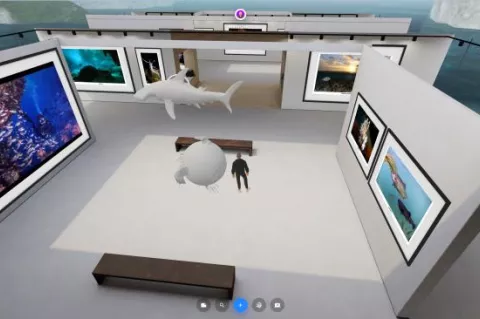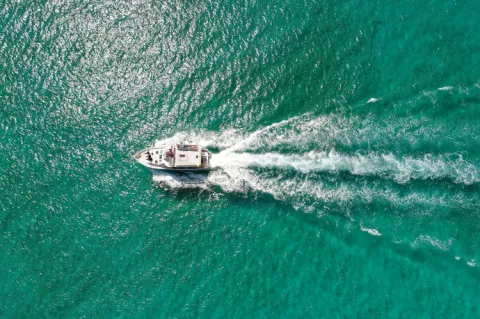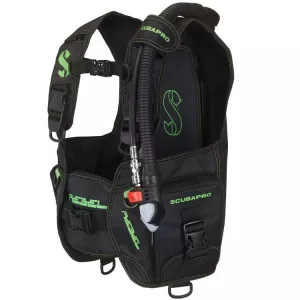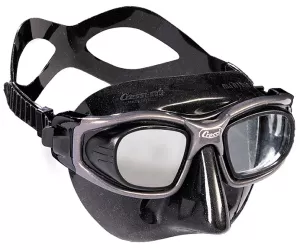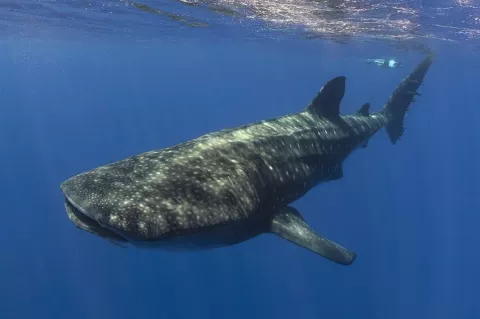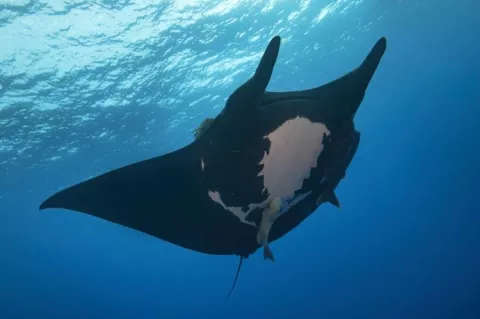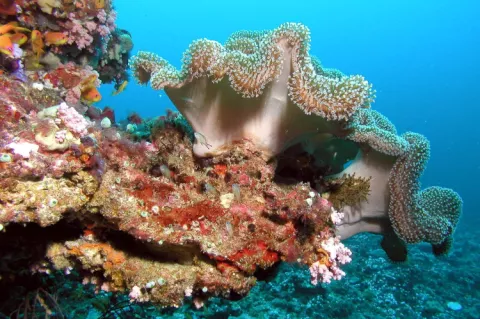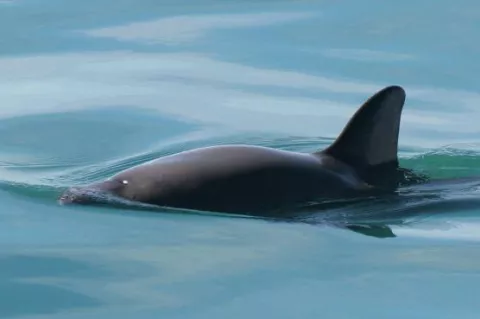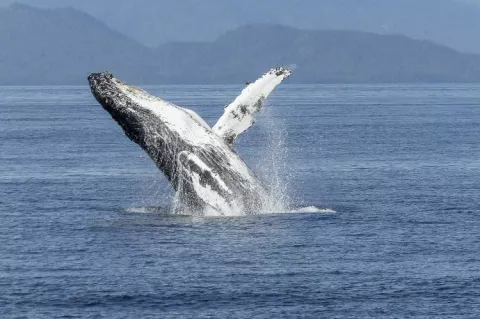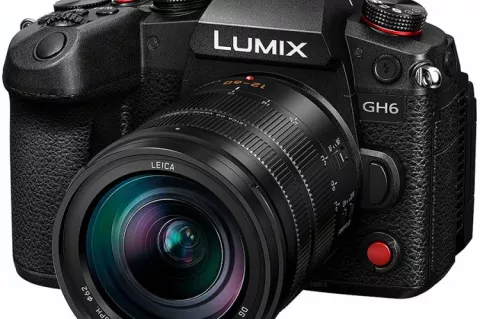OZDive Show Tickets Now Open!
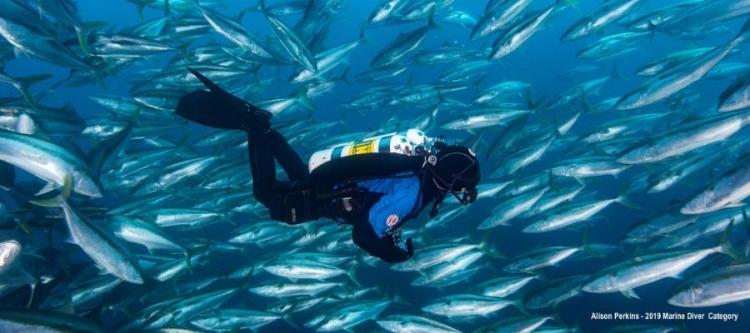
Online ticket sales are now live. For OZTek Advanced Diving Conference & OZDive Show general entry tickets, go to: OZDiveShow.com.au/Tickets
Melbourne Public - New Home for the Decompression Party
The official hotel is the Melbourne Pan Pacific.
If you want to book - we have a special set rate - please book directly online using THIS LINK.
Catch what's new:
OZDive Podcast, Facebook, Instagram & Twitter.
As well as websites:
| If you have any questions, please reply to AskMe@DiveOZTek.com.au or contact Sue Crowe on +61 498 964 963. |


